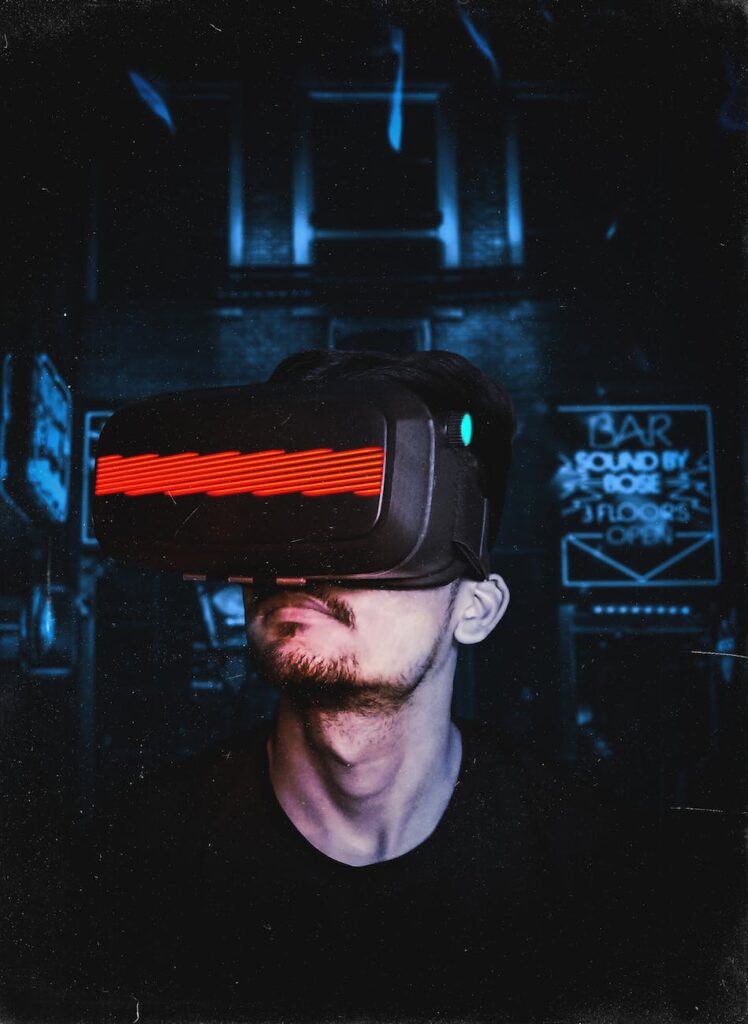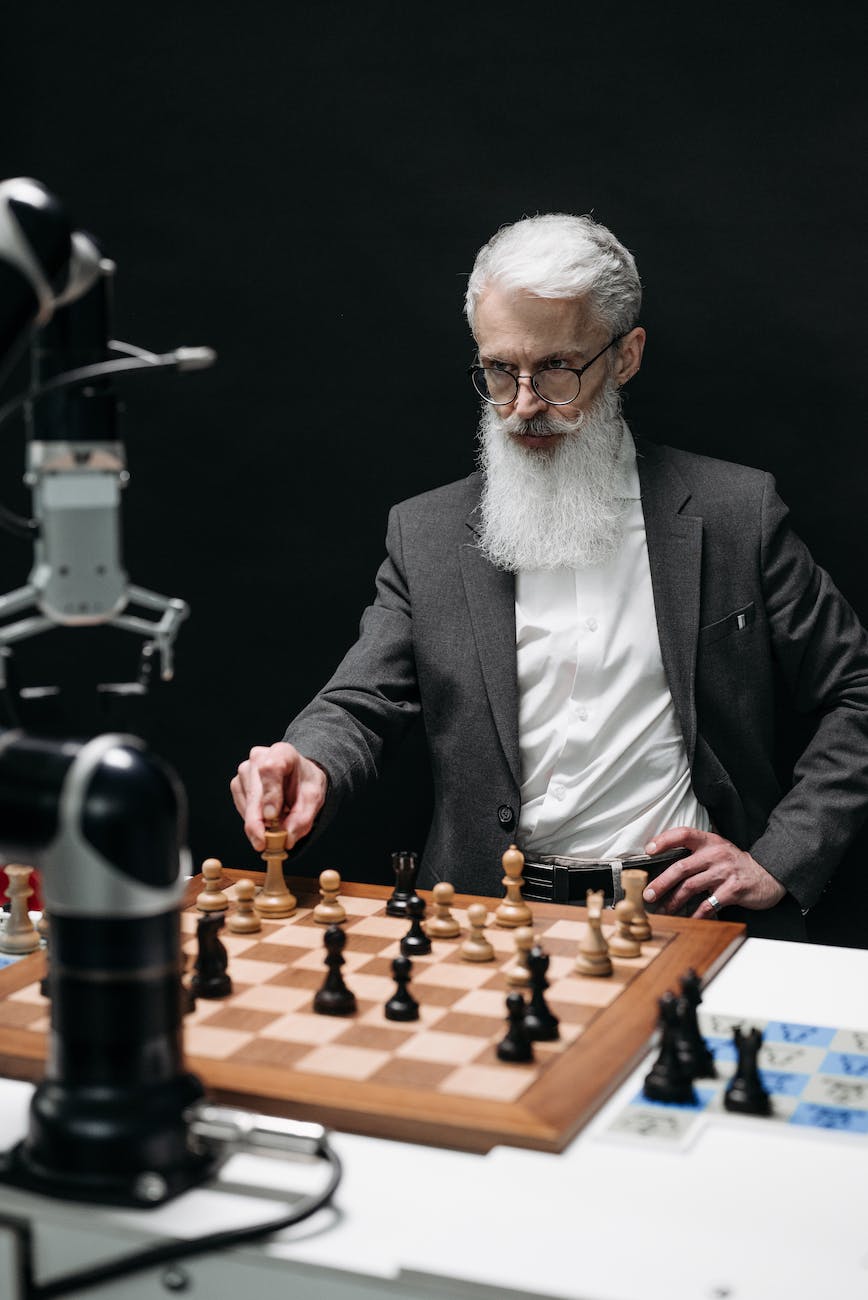Virtual reality (VR) technology has come a long way in recent years and it has the potential to revolutionize various industries including gaming, entertainment, education, and healthcare. VR has the ability to create realistic and immersive experiences, blurring the lines between virtual and reality. This technology has the potential to transform the way we experience entertainment, allowing us to fully immerse ourselves in virtual worlds and interact with them in ways that were previously impossible.
But VR is not just for entertainment purposes. It has the potential to transform education by providing students with interactive and engaging experiences. For example, students could visit historical sites or explore the depths of the ocean without ever leaving the classroom. This technology can also be used to enhance distance learning programs, allowing students to have a more immersive and interactive learning experience.
In the healthcare industry, VR has the potential to revolutionize the way we diagnose and treat patients. For example, doctors could use VR to practice complex surgeries or to visualize and treat injuries and conditions. This technology could also be used to help patients cope with pain and anxiety by providing them with immersive and relaxing environments.
In addition to these applications, VR has the potential to change the way we work and communicate. For example, VR could be used to hold virtual meetings and conferences, allowing people from all over the world to interact in a realistic and immersive way. This could save time and money by eliminating the need for travel, and it could also make it easier for people to collaborate and work together on projects.
Another area where VR has the potential to make a big impact is in the field of training. VR can provide a safe and realistic environment for people to practice and learn new skills, whether it be operating heavy machinery, performing complex procedures, or practicing public speaking. This could be especially useful in industries where it is difficult or expensive to provide hands-on training, such as aviation or the military.
One of the main challenges facing the widespread adoption of VR is the high cost of hardware and software. Currently, VR headsets and other equipment can be expensive, which can make it difficult for some people to access and experience VR. In addition, there are concerns about the potential for VR to be used for malicious purposes, such as spreading misinformation or inciting violence.
To address these challenges, there is a need for more affordable and accessible VR technology, as well as measures to ensure the responsible use of VR. By addressing these challenges, we can maximize the potential benefits of VR and create a more immersive and interactive world for everyone.
So what does the future of VR look like? One possibility is that VR technology will continue to improve and become even more realistic and immersive. This could lead to a greater number of VR applications, including virtual travel, virtual reality theme parks, and even virtual reality therapy.
Another possibility is that VR will become more integrated into our daily lives, with people using it for a variety of tasks and activities. For example, VR could be used for virtual shopping, allowing people to browse and purchase items from the comfort of their own homes. It could also be used for virtual tourism, allowing people to visit and explore distant locations without leaving their homes.
In addition, VR has the potential to change the way we work and communicate. For example, VR could be used for virtual meetings and conferences, allowing people from all over the world to interact in a realistic and immersive way. This could save time and money by eliminating the need for travel, and it could also make it easier for people to collaborate and work together on projects.
Another area where VR has the potential to make a big impact is in the field of training. VR can provide a safe and realistic environment for people to practice and learn new skills, whether it be operating heavy machinery, performing complex procedures, or practicing public speaking. This could be especially useful in industries where it is difficult or expensive to provide hands-on training, such as aviation or the military.
One of the main challenges facing the adoption of VR is the high cost of VR hardware and software. Many VR systems are still quite expensive, which makes it difficult for some people to access and experience VR. In addition, there are concerns about the potential for VR to be used for malicious purposes, such as spreading misinformation or inciting violence.
To address these challenges, there is a need for more affordable and accessible Virtual reality technology, as well as measures to ensure the responsible use of VR. For example, there could be more efforts to educate people about the potential risks and dangers of VR, and there could be greater efforts to regulate and monitor the use of VR to ensure that it is not being used for malicious purposes.
Despite these challenges, the future of VR looks bright. As the technology continues to advance and become more accessible, we can expect to see it being used in a wide range of industries and applications. Whether we are playing games, learning new things, or seeking medical treatment, VR has the potential to greatly enhance the way we experience and interact with the world.
As VR becomes more widespread, it is likely that we will see more and more people using it on a daily basis. This could lead to a number of interesting developments and changes in society. For example, there could be a shift towards more virtual socialization, with people spending more time interacting with each other in virtual environments. This could lead to changes in the way we form and maintain relationships, as well as changes in the way we communicate and interact with each other.
Another possibility is that Virtual reality technology will lead to changes in the way we think about and interact with the physical world. For example, people may begin to rely on virtual experiences and environments as a form of escapism, or as a way to try out new things without any real-world consequences. This could lead to a blurring of the lines between virtual and reality, and potentially even lead to a decline in the value placed on physical experiences.
On the other hand, VR could also lead to an increased appreciation for the real world, as people are able to fully immerse themselves in and experience new environments and cultures in a way that was previously impossible. This could lead to a greater sense of empathy and understanding between people, as well as a desire to explore and protect the natural world.
One thing is certain: the future of Virtual reality technology is full of possibilities and it will be interesting to see how this technology develops and is adopted by different industries and individuals. Whether it is used for entertainment, education, healthcare, or something completely unexpected, VR has the potential to greatly enhance the way we experience and interact with the world.
So what does the future hold for VR? Only time will tell, but one thing is for certain: VR technology is here to stay and it will continue to evolve and change the way we experience the world. Whether it will be a transformative technology that revolutionizes various industries, or simply a passing fad, remains to be seen. However, one thing is certain: VR has the potential to greatly enhance the way we experience and interact with the world, and it will be exciting to see how it develops and is adopted in the coming years.”



